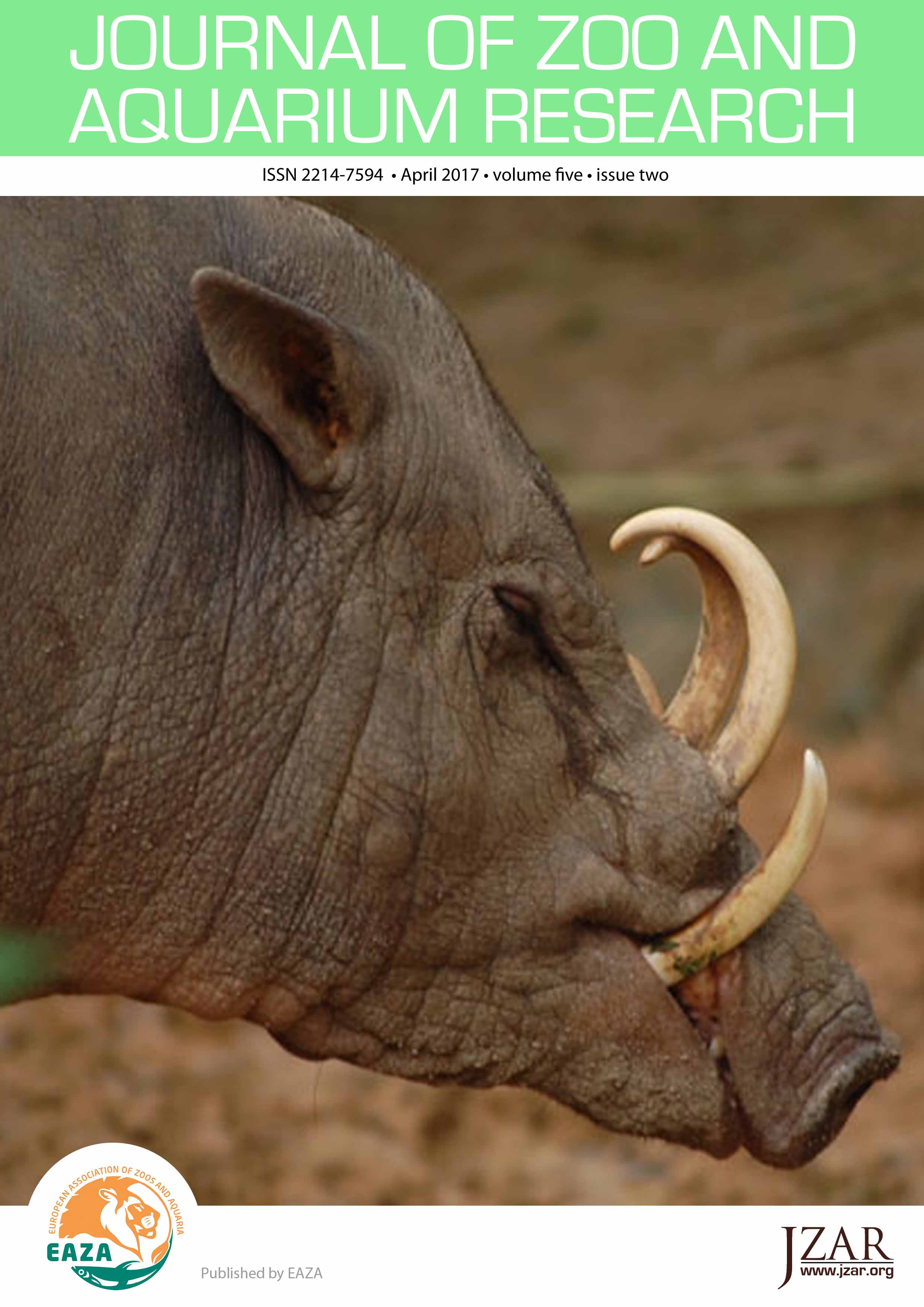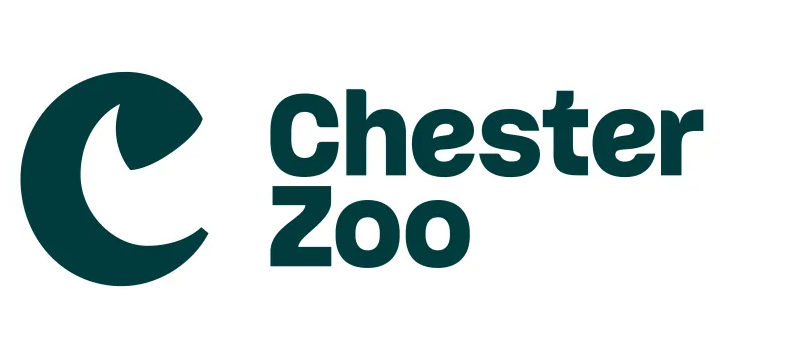Implementation of sulphur denitrification in a large-scale fully recirculated cold-SW aquarium: A sustainability practice
DOI:
https://doi.org/10.19227/jzar.v5i2.288Abstract
Autotrophic sulphur-based denitrification (ASD) was evaluated to control nitrate accumulation in the marine aquatic exhibit of the Biodôme de Montréal (Montréal, QC, Canada). Different substrates (two sulphur and two calcareous sources were tested), flow-rates and configurations (homogenous and low to high stratification levels) were evaluated that successively improved nitrate removal rates (g N-NO3- · day-1) and/or start-up time. Despite pronounced suboptimal conditions for anaerobic denitrifying bacteria, Thiobacillus denitrificans i.e. saline (24 PSU), cold (5-10oC) and aerated waters, our R&D efforts lead to the development of an efficient, simple, custom-made ASD unit adapted to a priori unfavourable conditions. The Rocky Shore exhibit (25 m3) housing the most sensitive marine aquatic species of our live collections (mostly invertebrates) previously operated at ? 50 mg N-NO3- · L-1 is now at ~ 20 mg N-NO3- · L-1. Considering the significant economic and environmental gains achieved (e.g. sustainability) following the implementation of this technology at a small-scale on the Rocky Shore exhibit (100 kg of sulphur), a 10-fold upscaling (1000 kg of sulphur) ASD unit to be connected to the La Baie exhibit (2500 m3) is planned.
Downloads
Published
How to Cite
Issue
Section
License
JZAR fulfils the DOAJ definition of open access and provides free and open access to the full text of all content without delay under a Creative Commons licence. The copyright holder of JZAR publications grants usage rights to third parties, allowing for immediate free access to the work and permitting any user to read, download, copy, distribute, print, search, or link to the full texts of articles.







